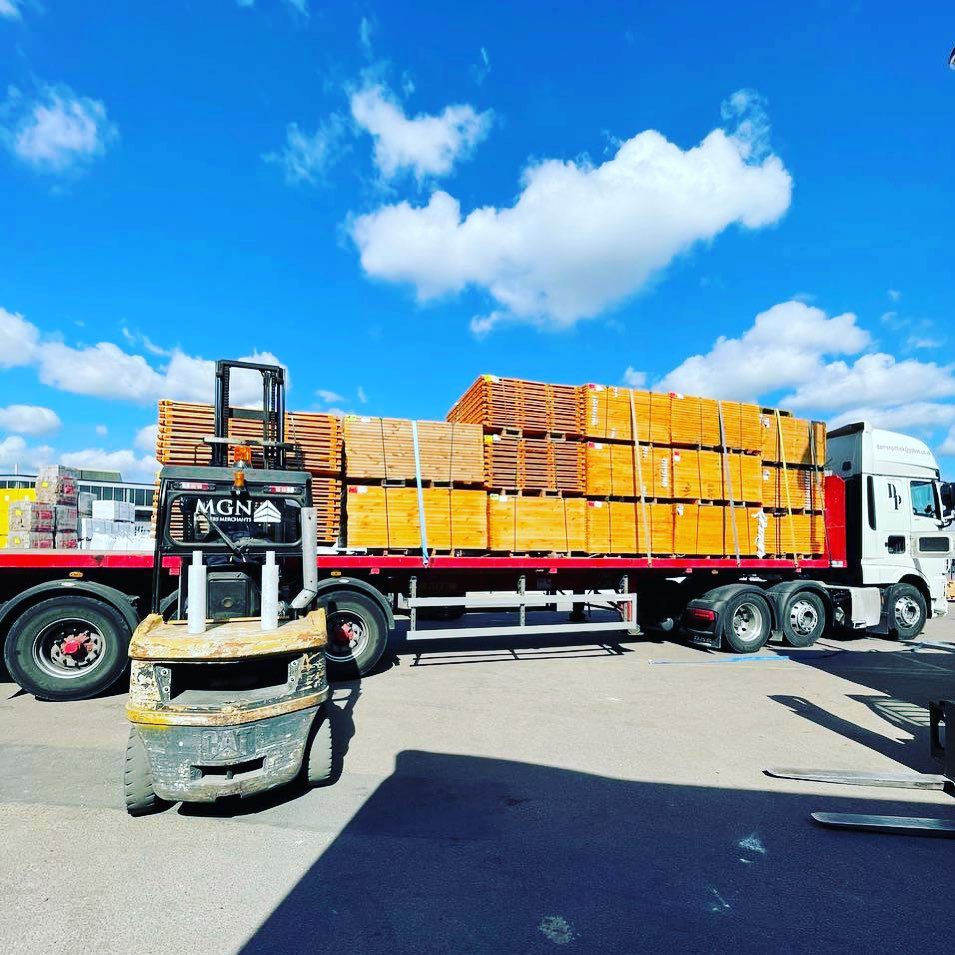When carrying out construction and repair activities, many people especially those that have less experience in construction have many questions like what material is better to choose for work, so that it most closely matches the project specification and importantly compliant with building regulations requirements.
Indeed, the builders’ merchants nowadays, offer a large selection of different sheet materials that can be equally used in a particular area. One of trusted and reliable builders’ merchants know in Essex & London is MGN Builders Merchants. They are famous for their amazing sheet materials range including plywood sheets in various types and thicknesses. Just check this guy’s online they not only specialise in sheet materials but other construction essentials.
Let’s try to understand the advantages and disadvantages of each using the example of the comparative characteristics of plywood and its competitors.
The most popular sheet materials these days are:
Plywood (a type of material consisting of several layers of wood veneer glued together)
- Chipboard
- OSB-board (Oriented strand board or OSB)
- MDF (Medium density fiberboard)
- Drywall & Gypsum fiberboard (gypsum fiber sheet)
What are the advantages of plywood?
- A wide area of application
- Offers decorative properties
- Has high resistance to various types of deformation and shrinkage.
- Ease to use and work with
- Offers significant moisture resistance
- Sufficient flexibility, which makes it possible to create bent elements
- Uniform strength over the entire surface of the plywood sheet.
Chipboard – is made from the same raw materials as plywood, but the during the manufacturing process different technologies have been applied.
The following advantages can be assigned:
- Significant strength and high resistance to various types of fractures
- Excellent sound insulation
- High heat-saving performance
- Fairly low cost
OSB board – in fact is known as cost effective alternative to plywood, the only difference is in the structure of the material.
The advantages of OSB:
- High strength due to the homogeneity of the structure
- Affordable price
- Waste-free production
- Significant resistance to breakage
MDF (medium density fibreboard)
- Strength
- Resistance to various types of fungi and pests’ attacks
- Long term of use – low maintenance
- Significantly low price
Thus, summing up, we can safely say that it is difficult to give an unequivocal answer on which material is better. The choice depends entirely on the field of application, on the specific tasks set, the goals set and the requirements that this or that material must meet. One can say with certainty that plywood is in no way inferior to the above materials, not in properties, not in price, and its choice will always be justified.









Leave a Reply
View Comments